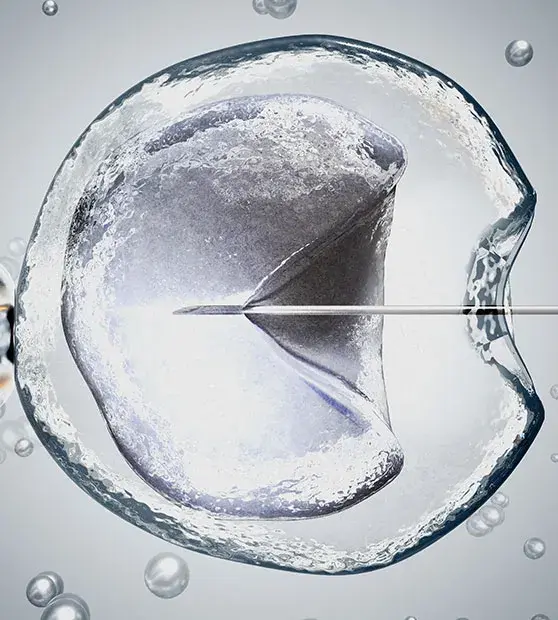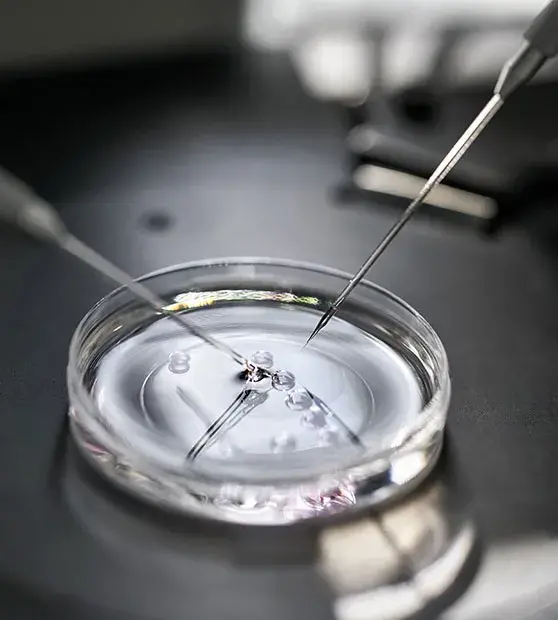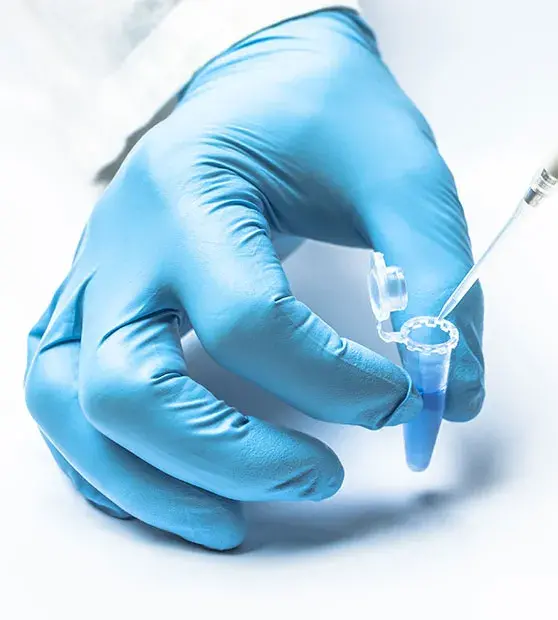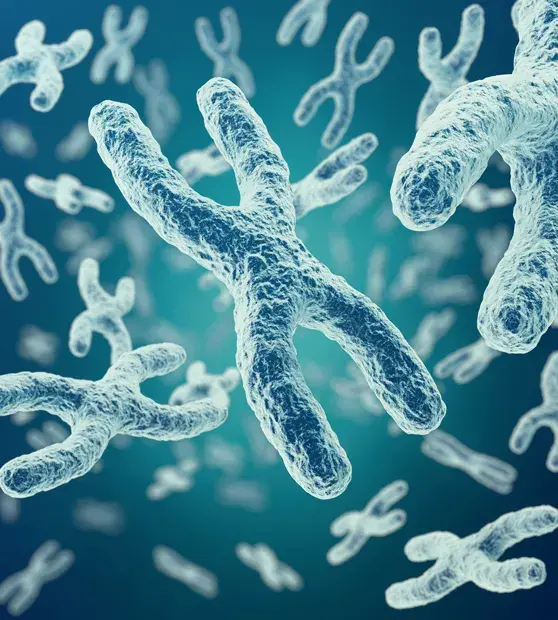Non-Obstructive Azoospermia (NOA)
Azoospermia is the absence of sperm cells in the ejaculate. Out of it, approximately 60% are classified as Non-obstructive Azoospermia (NOA) and 40% as Obstructive Azoospermia (OA).
Non-Obstructive Azoospermia (NOA) is a medical condition in which the man cannot produce sperm due to the failure of spermatogenesis. It is one of the severe forms of male infertility.
What are the causes of Non-Obstructive Azoospermia (NOA)?
NOA develops due to different reasons:
- Hormonal problems: hormonal deficiency can result in the condition like NOA.
- Genetic and chromosomal problems.
- Testicular failure: the cells responsible of producing the sperm in the testes are missing (absence of germ cells) and, therefore, there is no sperm production.
- Maturation arrest: absence of the later stages of spermatogenesis, that is the biological process of producing mature and motile sperm cells from early-stage cells.
How does this condition affect fertility?
Male suffering from Non-Obstructive Azoospermia is not capable of producing sperms. Thus, the couple is unable to conceive naturally. However, after a combination of adequate medical and surgical treatments, physicians can recover healthy sperms from the testicles and use them to fertilize the egg via ICSI treatment.
How can this problem be diagnosed?
- Sperm analysis: is the main test for the diagnosis. No sperms are found in case of azoospermia.
- Other investigations, like hormonal tests, chromosomal analysis (Karyotype and Yq microdeletions), and testicular ultrasound are useful tests to evaluate the causes and plan for the adequate treatment.
Is it possible to treat NOA?
The treatment of NOA combines medications (including hormone therapy) combined with a surgical approach. TESE and Micro-TESE are the surgical approaches to obtain sperms directly from the testes. Once the sperms are found, fertility treatments using ICSI will help the couple to fertilise the eggs and obtain the embryos.



